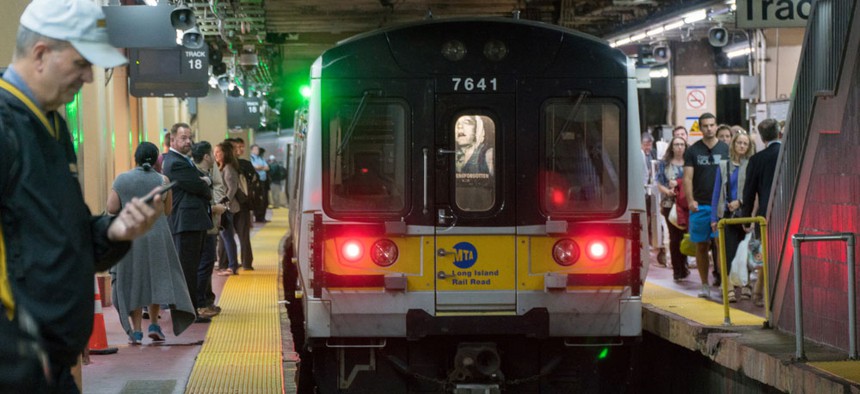New York City
MTA officials respond to subways failure
A software bug that forced the numbered subway lines to malfunction Friday night is causing renewed concerns over the MTA's systems.

Crowded subway platform. Shutterstock
A software bug that forced the Nos. 1, 2, 3, 4, 5 and 6 subway lines to grind to a halt Friday night is causing renewed concerns over the Metropolitan Transportation Authority’s systems and cybersecurity. At the MTA’s headquarters on Monday, New York City Transit President Andy Byford apologized for the failure, attributing it to a software bug that downed servers controlling the Automatic Train Supervision system that tells dispatchers the exact location of trains. The bug shut down that system, also affecting the Times Square shuttle.
But reports show that this isn’t the first major problem with the ATS system. The City reported Monday that officials flagged the system for at least 13 subway problems in the past month. The ATS system also failed earlier this month, which Byford attributed to a single piece of flawed code.
Employees at Siemens Mobility – the technology provider for the ATS system – updated the software late last year, although Byford denied that it had anything to do with Friday’s failure. MTA officials, including Chairman and CEO Pat Foye, have pushed back against Siemens in the past, after the company’s CEO was slow to respond to concerns about the company’s rollout of positive train control technology on the Long Island Rail Road and Metro-North trains. “Friday’s outage was not related to Siemens Mobility’s ATS software system. We provided immediate assistance, but NYCT determined the cause was outside of the scope of our work,” a spokesperson for the company said in a statement.'
Robert Paaswell, the former CEO of the Chicago Transit Authority and a professor of civil engineering at the City College of New York, said that the next important step for the MTA is making redundancy plans. “I would want to have a meeting of all my top engineers. I would want to go over minute by minute what’s happened in here, bring in the programmers, quickly come to some conclusions, best practices and then also develop a set of redundancies. Then make public what you’ve done, what you’ve found and how you’re going to solve it,” Paaswell told City & State. “And if you’re dissatisfied with a vendor, say, ‘We’re going to get a new vendor.’”
For the rest of today's tech news, head over to First Read Tech.

NEXT STORY: Will the New York City Council cap real estate broker rental fees?